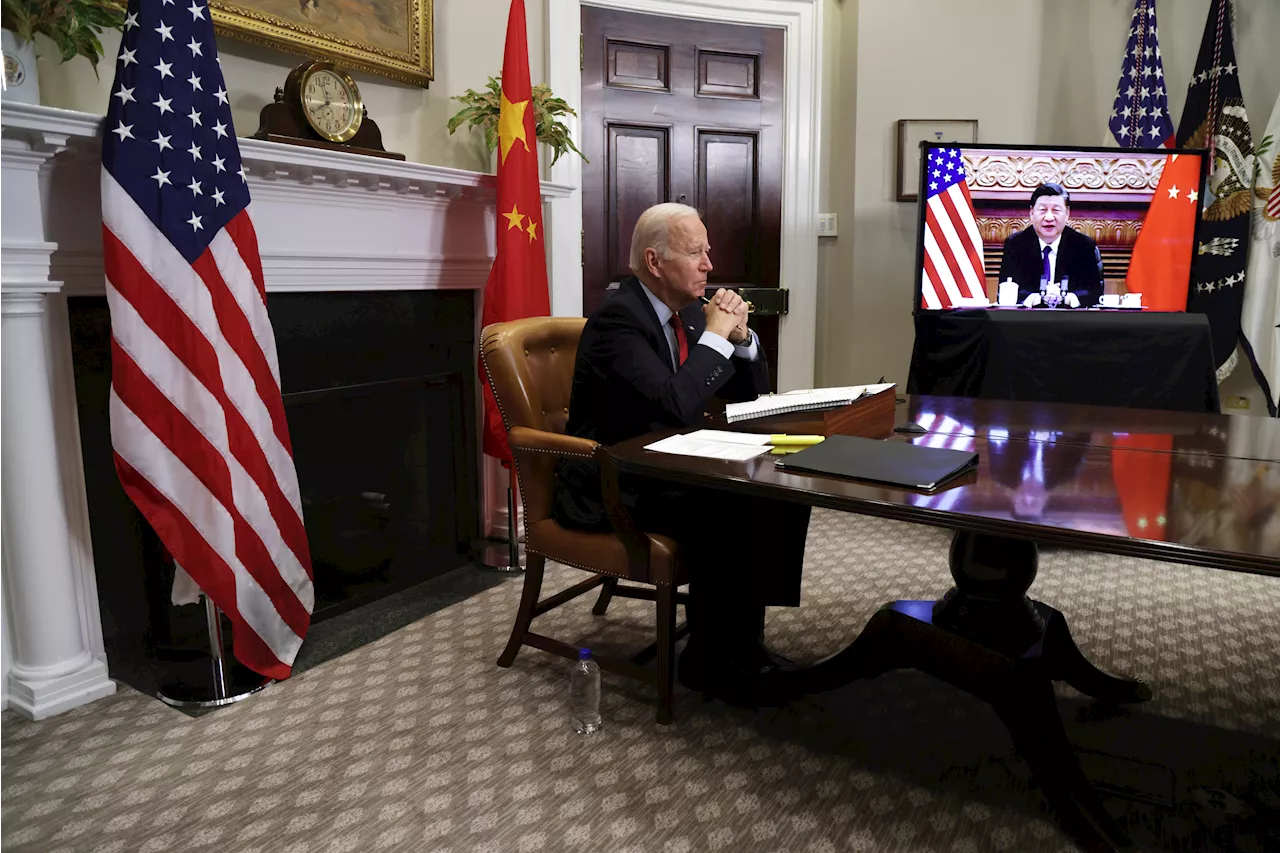The reemergence of an 'Asia First' view among many U.S. foreign policy practitioners—especially focused on countering China—is not, as critics claim, a manifestation of a neo-isolationism but an approach with a deep tradition in American foreign policy.
The United States stands at a crossroads, confronting the undeniable decline of its relative global power combined with the rising multiplicity of threats from near-peer competitors. The reemergence of an 'Asia First' view among many U.S. foreign policy practitioners—especially focused on countering China—is not, as critics claim, a manifestation of a neo-isolationism but an approach with a deep tradition in American foreign policy.
It also reflects the inescapable reality that Washington's expansive commitments will eventually outstrip its finite resources and that it should direct those resources toward the region destined to define America's role in the 21st century: the Indo-Pacific.A pivot towards Asia has deep roots in U.S. foreign policy, especially among conservatives. By the end of the 19th century, U.S. victory in the Spanish-American War turned America into a Pacific powe
